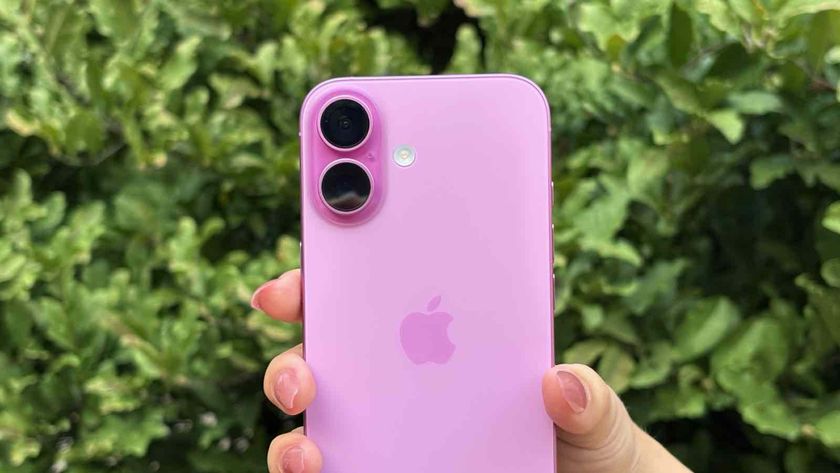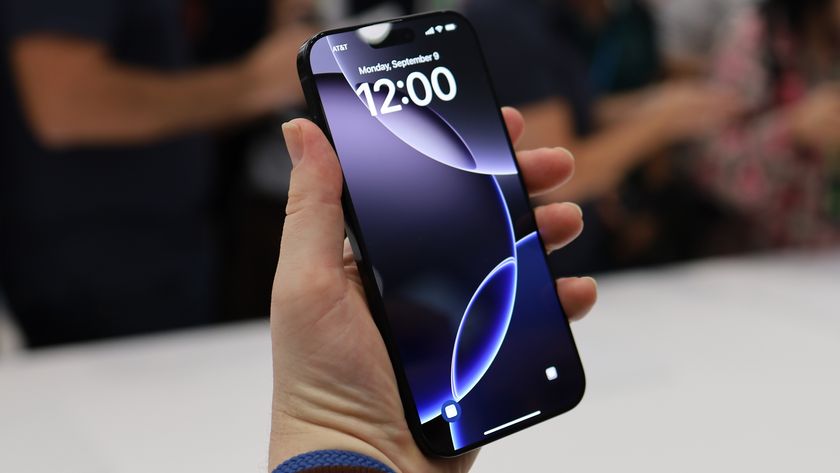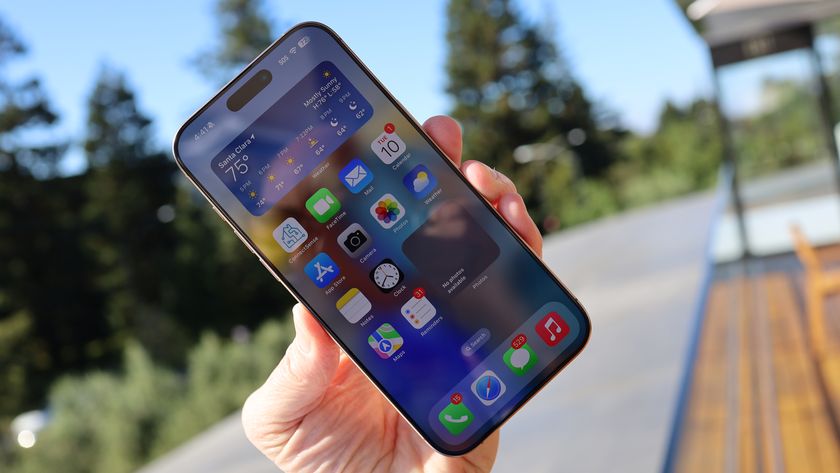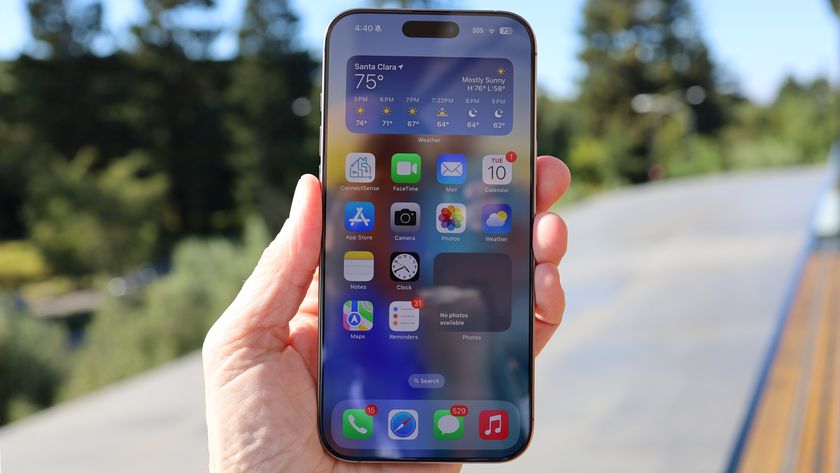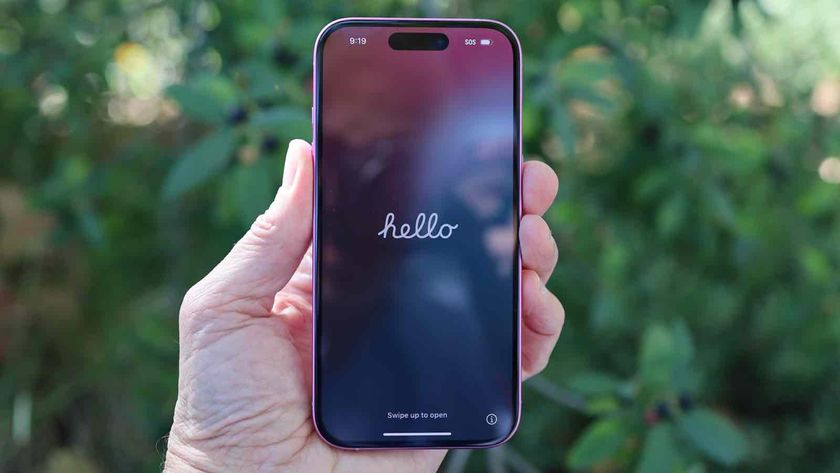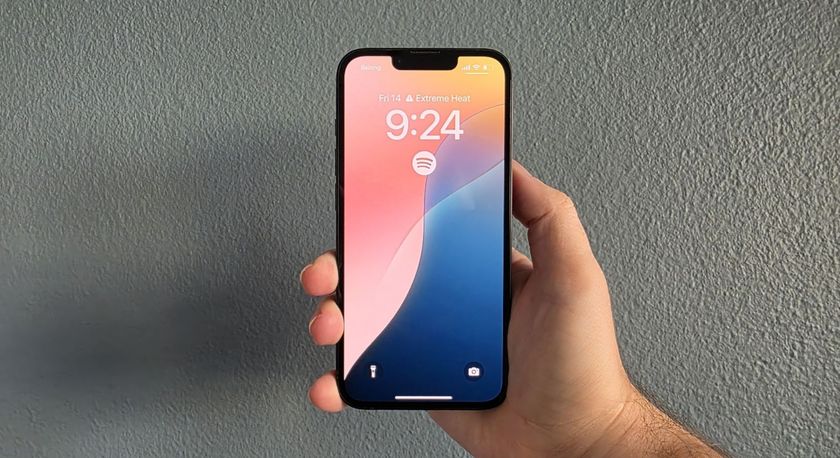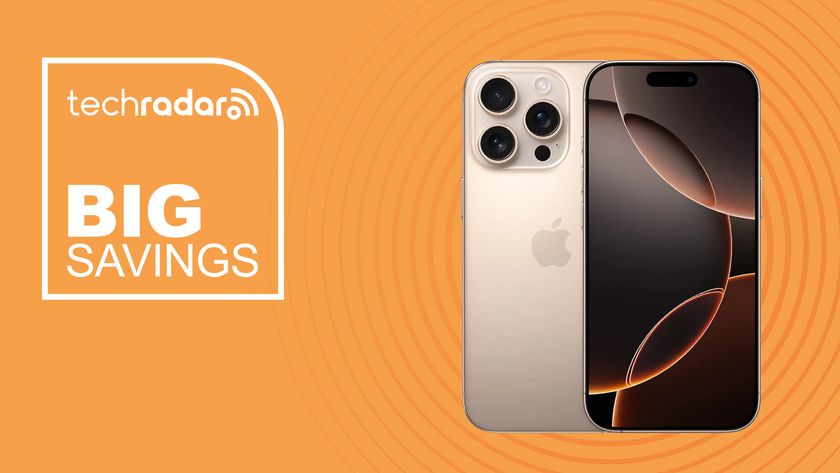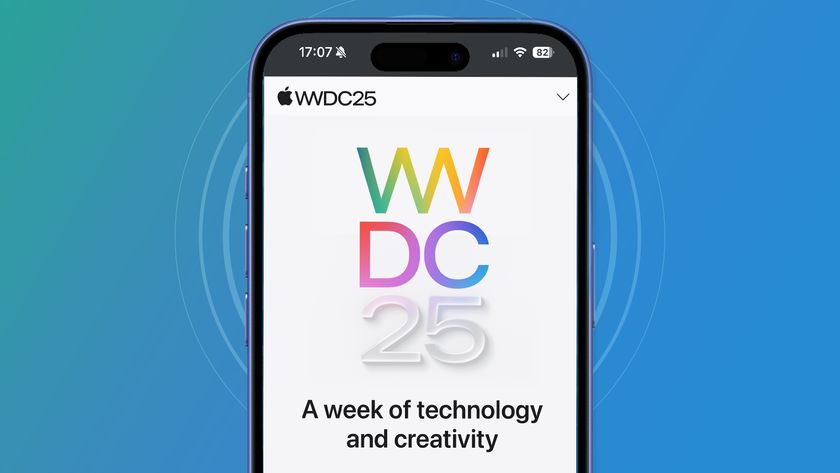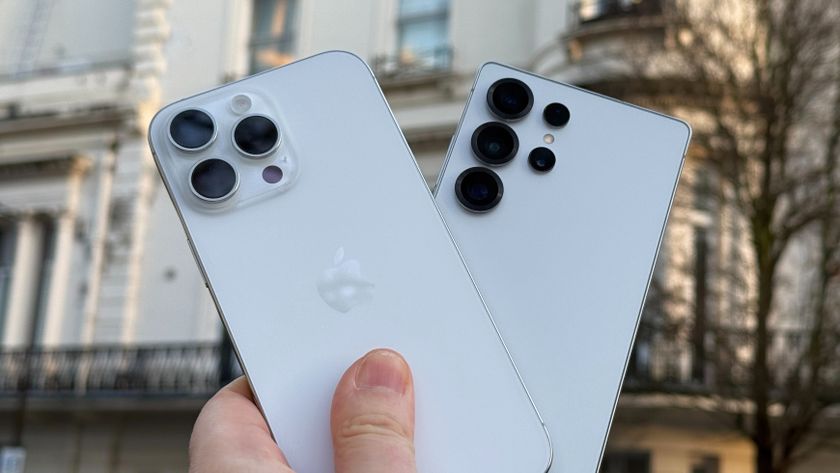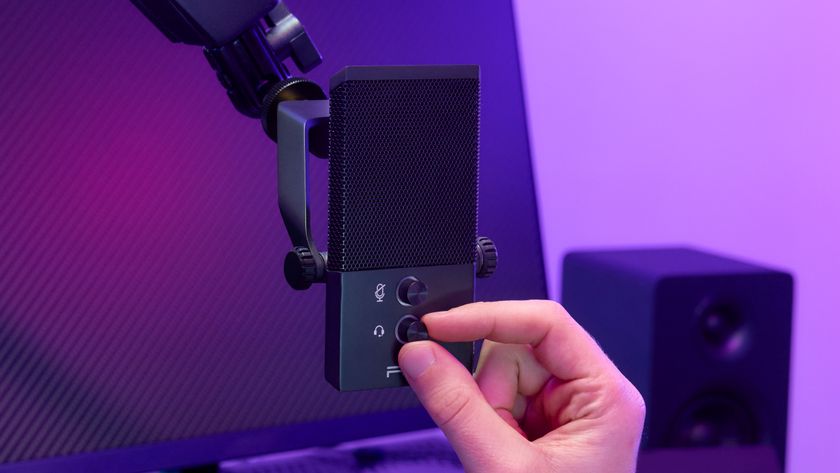The iPhone 14 performance upgrade might not be a huge one
Set your expectations accordingly
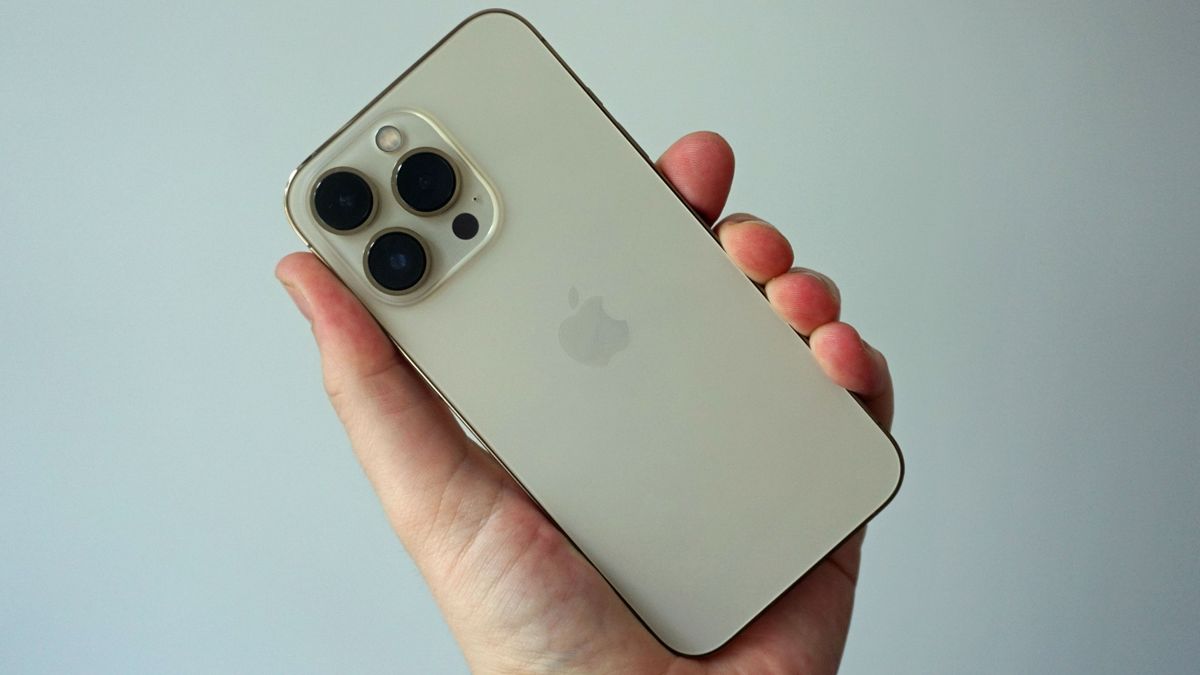
What treats will the iPhone 14 series have for us when it launches later in the year? Those of you hoping for a major performance upgrade from the iPhone 13 may end up being disappointed, if newly leaked information is to be believed.
According to Taiwanese research firm TrendForce (via MacRumors), only the Pro and Pro Max models of the iPhone 14 are actually going to get a brand new A16 chip – the standard iPhone 14 and iPhone 14 Max phones will stick with the current A15 processor.
It's not the first time we've heard this rumor either: back in March, noted Apple analyst Ming-Chi Kuo said that the two more expensive iPhone 14 models would be the only ones carrying the upgraded chipset.
Same again
Kuo has also been tweeting about the process used to create these A16 chips – apparently they'll use the same 5 nanometer technology as the A15 versions, rather than making a jump forward to a 4 nanometer architecture instead.
Simply put, a lower number means better performance and efficiency without any change in physical size. In other words, even the iPhone 14 models that do get blessed with an A16 chip may not be all that much faster than their equivalent iPhone 13 versions. This is another rumor that's been swirling for a while now.
What's not clear is the reason why the iPhone is only getting a minor performance bump this year – although the ongoing effects of the pandemic and the continuing global chip shortage, plus recent coronavirus lockdowns in the countries where Apple's chips are made, may well have something to do with it.
Analysis: the need for speed
It would be a real departure for Apple if the next iPhone range were differentiated by the internal processor used. Up until now, all iPhones released in a certain cycle have used the same chip – and that includes the affordable iPhone SE.
Get daily insight, inspiration and deals in your inbox
Sign up for breaking news, reviews, opinion, top tech deals, and more.
Making the A16 an iPhone 14 Pro and iPhone 14 Pro Max exclusive would certainly be an unusual move then, but it might not be a bad one – it can be difficult to identify the key differences between the four flagship iPhones that typically launch each year, and this would definitely add some clarity.
Let's not forget that the A15 chipset remains a super-speedy processor that beats most of the competition on the market at the moment. You could argue that the iPhone 13 models have more power under the hood than they actually need, and so the devices launched in 2022 will have no problems in terms of performance either.
The move might also help to keep down the prices of the iPhone 14 and the iPhone 14 Max. We should find out for sure this September, if Apple sticks to its traditional schedule – and we will of course keep you updated in the meantime.

Dave is a freelance tech journalist who has been writing about gadgets, apps and the web for more than two decades. Based out of Stockport, England, on TechRadar you'll find him covering news, features and reviews, particularly for phones, tablets and wearables. Working to ensure our breaking news coverage is the best in the business over weekends, David also has bylines at Gizmodo, T3, PopSci and a few other places besides, as well as being many years editing the likes of PC Explorer and The Hardware Handbook.

